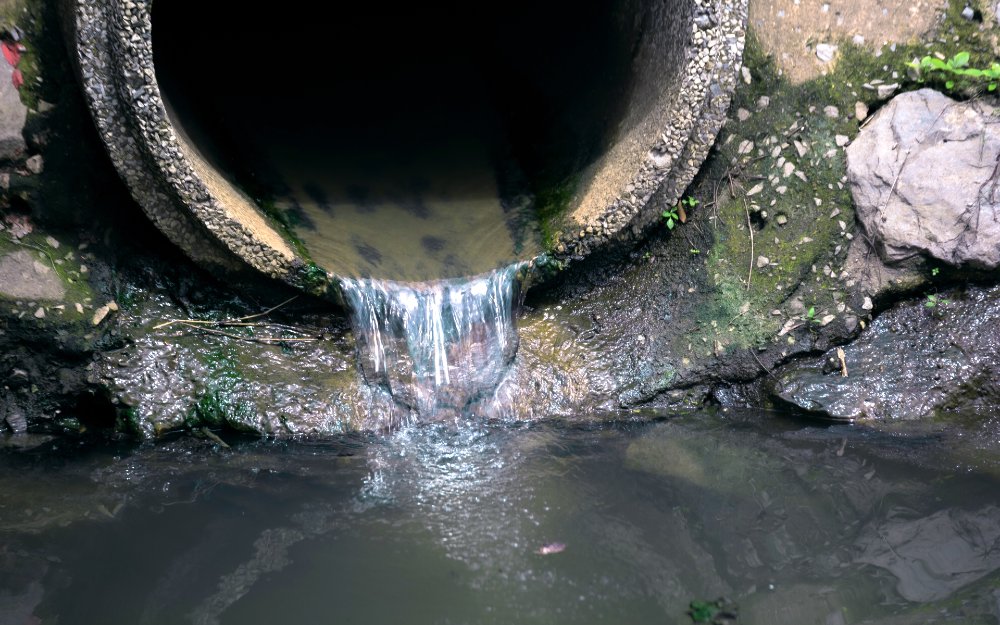Module 2: Lesson 1
This lesson will help students to better understand watersheds, specifically the Biscayne Bay watershed. Students will learn about historical changes to Biscayne Bay’s watershed and how land use throughout watersheds affects the bay water. Students will read maps, create map keys and interpret charts while completing this lesson.

Lesson Plan
Essential Questions: What impacts do humans have on Earth in terms of water quality and changing the flow of water as it relates to Biscayne Bay? How are specific geologic processes and features expressed in watersheds in Florida and elsewhere? How can hydrology influence the physical character of a place and affect an ecosystem?
Objectives: By the end of this lesson, students will be able to:
- Identify the impacts humans have on Earth in terms of water quality and changing the flow of water as it relates to Biscayne Bay
- Use a choropleth or other map to geographically represent current information about watersheds and issues of conservation near Biscayne Bay
- Analyze how specific geologic processes and features are expressed in watersheds in Florida and elsewhere
- Use geographic terms and tools to explain how hydrology influences the physical character of Biscayne Bay
- Analyze case studies to predict how changing an environmental factor can affect Biscayne Bay and other ecosystems
Create Connections
Ready for more? We offer many ways to engage with our research.
Standards-aligned programs create a more immersive experience for your students and enhance the learning outcomes of Mission Inspire.
Our professional development camp guides educators in making curricula that connect students with real university research.
Free activities and resources connect learners everywhere with experts from the nation's fourth-largest public research university.